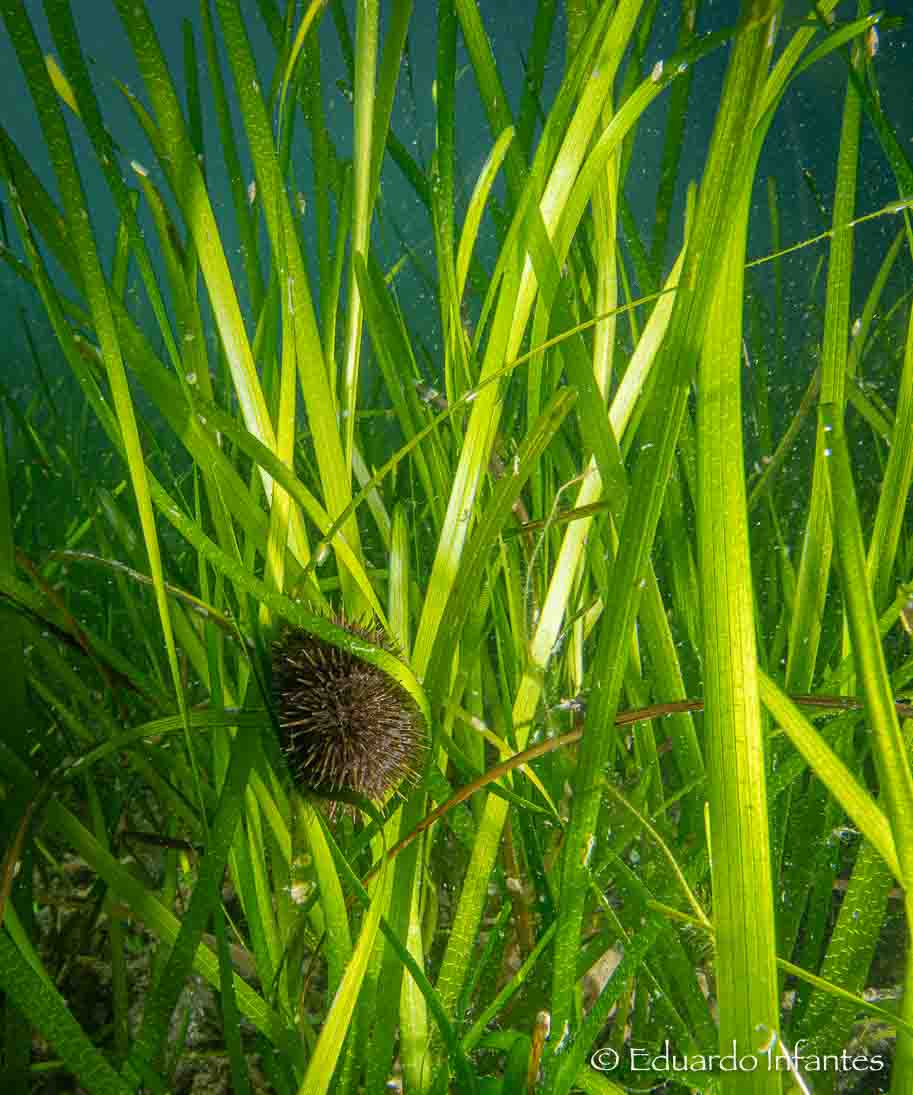Abstract
Coastal ecosystems experience large environmental variability leading to local adaptation. The key role of variability and adaptation in modulating the biological sensitivity to ocean acidification is increasingly acknowledged. Monitoring and understanding the ecological niche at the right spatio-temporal scale is key to understand the sensitivity of any organism and ecosystems. However, the role of the variability in relevant carbonate chemistry parameters as a driver is often overlooked. For example, the balance between photosynthesis and respiration over the day/night cycle is leading to high pH/pCO2 variability in seagrass beds.
We hypothesized that (i) the calcifying larvae of the sea urchin Echinus esculentus exposed to seagrass-driven variability would have some physiological mechanisms to respond to such variability; and (ii) these mechanisms would reach their limit under ocean acidification. We compared the presence and absence of the seagrass Zostera marina in flow through mesocosms fed with seawater with 4 pHs. The carbonate chemistry was monitored and biological response of a sea urchin larvae was documented over 3 weeks. Growth and net calcification rates were measured twice a day to encompass diurnal variability. Our results suggest that larvae growth rate significantly decreased with decreasing average pHT in both absence and presence of seagrass.
Moreover, sea urchin larvae showed a slower growth rate in presence of seagrass, only visible in the lowest pH conditions. In addition, larvae raised in presence of seagrass, maximized calcification during the day, and downregulated their calcification during the night. In contrast, no significant difference was observed between day and night for the net calcification rate in larvae raised in absence of seagrass. Our results demonstrate the limit of local adaptation to the present range of variability under ocean acidification conditions. It also demonstrates that photosynthetic ecosystems such as seagrass may not play a role of refuge against ocean acidification.







